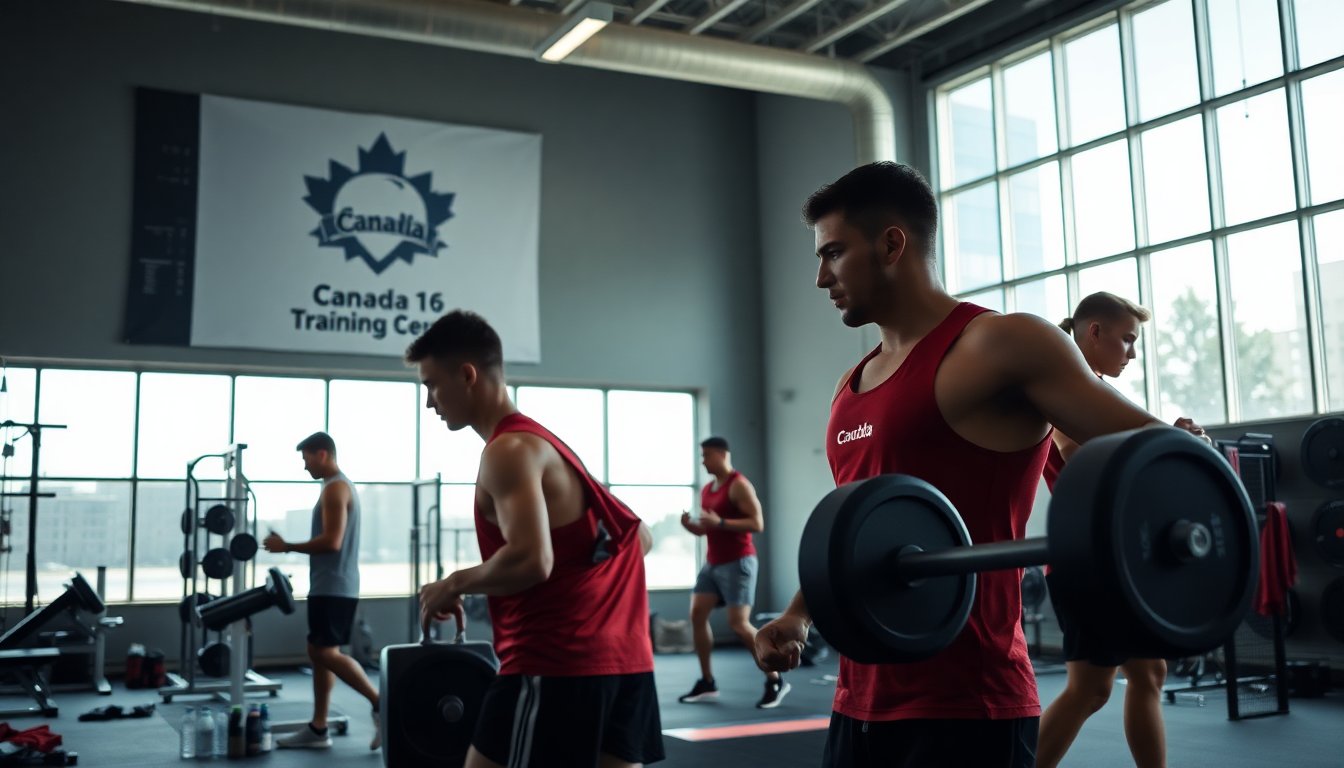Table of Contents
“`html
As the countdown to the Olympic Games progresses, Canadian athletes face significant funding challenges that threaten their preparation and performance. Despite advocacy from organizations like the Canadian Olympic Committee (COC) and various national sports organizations (NSOs), the recent federal budget revealed a disappointing lack of financial support for sports.
This article examines the implications of this budget on athletes and the broader sporting community in Canada.
The federal budget presented by Finance Minister François-Philippe Champagne, under Prime Minister Mark Carney, did not allocate any new funding for sports.
This decision has left many athletes and sports organizations feeling overlooked. The last substantial increase in funding occurred in 2005, and since then, Canadian athletes have been navigating diminishing resources. COC CEO David Shoemaker expressed concern over the inadequate financial support, noting that the organization had requested a $144 million increase to alleviate financial strains experienced over the past two decades.
The impact of inadequate funding on athletes
Despite a record-breaking performance at the Paris Olympics, where Canada secured nine gold medals and a total of 27, Shoemaker remains concerned about the future. He emphasized that without adequate funding, Canadian athletes may struggle to reach their full potential, especially in upcoming events like the Milano Cortina Winter Olympics and the Los Angeles Summer Olympics.
The lack of core funding, essential for the operation of NSOs and the support of athletes, coaches, and staff, is a pressing issue that continues to hinder progress.
Struggles faced by national sports organizations
Many NSOs are on the brink of collapse due to financial constraints, leading to difficult decisions regarding budget cuts and resource allocation.
Some organizations have reported funding reductions from the federal government, resulting in diminished travel allowances, fewer meals during trips, and limited access to medical support for athletes on the road. The dire financial situation has forced many organizations to scramble for survival, diminishing the focus on nurturing the next generation of athletes.
Philippe Marquis, chair of the COC Athletes’ Commission, highlighted the urgency of the funding issue, stating that the financial difficulties faced by sports organizations are reaching a critical point. “The lack of funding and resources is forcing organizations to cut back on essential services,” he noted. This sentiment resonates throughout the athletic community, as athletes express concerns about the sustainability of their sports and their ability to compete effectively on an international stage.
Government initiatives and future prospects
In the recent federal budget, the government proposed a modest increase of $41 million over two years to support the Sport Support Program, which aids NSOs and other organizations involved in the development of Canadian sports. However, this figure falls significantly short of the COC’s request for a $104 million increase. The inadequate funding compromises not only the athletes’ training and preparation but also the overall growth of sports in Canada.
The call for a comprehensive funding strategy
Adam van Koeverden, an Olympic champion in kayaking and Canada’s secretary of state for sport, has emphasized the need for a comprehensive funding strategy that addresses the unique requirements of various sports disciplines. He believes that government support should encompass all levels of sport, from grassroots initiatives to elite training programs. “We need to see larger investments in sports across the board,” he stated, underscoring the collective responsibility of all sectors to promote athletic excellence.
In a positive development, the Canadian government announced a $3.11 million investment in mental health services for Olympic and Paralympic athletes, reflecting a growing recognition of the importance of mental well-being in sports. Additionally, a previous funding boost of $4.5 million aimed at community initiatives provides some relief to organizations like the Canadian Paralympic Committee and Athletics Canada. However, these measures alone are insufficient to address the root of the funding crisis.
As the Olympic Games approach, Canadian athletes face mounting pressure to perform at their best despite the financial hurdles. The commitment and resilience demonstrated by these athletes are commendable, but without adequate support from the government and sports organizations, their journey to success remains fraught with challenges. It is crucial for stakeholders to recognize the value of investing in sports as a means of fostering national pride and achieving excellence on the global stage.
“`





